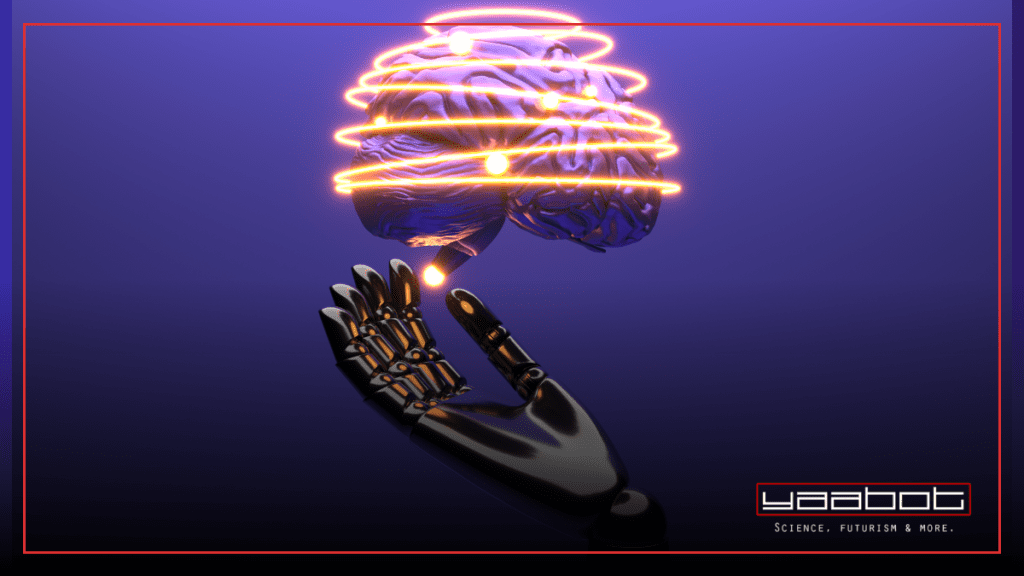In the quest to develop more efficient and powerful computing systems, scientists and engineers have turned to the human brain for inspiration. Neuromorphic computing, a field at the intersection of neuroscience and computer science, aims to replicate the structure and function of the brain in artificial intelligence systems. These brain inspired computer systems have the potential to revolutionize various industries, from robotics and machine learning to healthcare and beyond.
We will look into the concept of neuromorphic computing, its key components, applications, challenges, and its impact on society.
Understanding Neuromorphic Computing
Neuromorphic computing has its roots in the early 1980s, when researchers began to explore designing computer systems that mimic the brain’s architecture and neural networks. At its core, neuromorphic computing relies on principles such as neural networks, synaptic plasticity, and spiking neural networks.
- Neural networks are interconnected layers of artificial neurons that process and transmit information akin to the neurons in the brain.
- Synaptic plasticity refers to a process to modify the connection strength between the pre and postsynaptic neurons as a response to the generated paired neuronal impulse.
- Spiking neural networks, inspired by how neurons communicate through electrical pulses, allow for efficient and event-driven processing.
Advantages of Neuromorphic Computing
Neuromorphic computing offers several advantages over traditional computing architectures.
- One significant advantage is energy efficiency. The brain is exceptionally energy-efficient, and by emulating its structure, neuromorphic systems can dramatically reduce power consumption.
- Real-time processing is another benefit of neuromorphic computing. These systems excel at processing sensory data streams and making rapid decisions, making them ideal for time-critical applications.
- Additionally, neuromorphic systems exhibit cognitive computing capabilities, enabling them to learn, adapt, and recognize patterns more efficiently, resembling human cognitive processes.
The Key Components of Neuromorphic Computing Systems
Neuromorphic computing systems comprise both hardware and software components. On the hardware side, researchers have developed specialized components, such as memristors, which can mimic the synaptic behavior of biological neurons. These components enable efficient and scalable implementations of neural networks.
Spiking neural networks, a fundamental building block of neuromorphic systems, capture the spatiotemporal dynamics of neural activity. Neuromorphic chips, designed specifically for brain inspired computing, integrate these hardware components to enable efficient and parallel processing.
On the software end, various neural network architectures, such as convolutional neural networks and recurrent neural networks, are adapted to work with neuromorphic systems. Neuromorphic programming languages, such as Nengo and PyNN, facilitate the development and simulation of neural models. Neuromorphic algorithms, specifically designed to leverage the unique capabilities of these systems, enable efficient training and inference processes.
Applications of Neuromorphic Computing
It holds tremendous potential for a wide range of applications.
- Brain inspired computing can enable more intelligent and adaptive robots in robotics and autonomous, artificial intelligence-based systems that can perceive and interact with their environment in real time.
- Sensor networks and the Internet of Things can benefit from neuromorphic computing by processing large amounts of data from multiple sensors simultaneously, enabling smarter and more efficient data analysis.
- Using neuromorphic systems, pattern recognition and machine learning tasks, such as image and speech recognition can be significantly enhanced. These systems extract features and recognize patterns, making them well-suited for complex and real-time data analysis.
- Brain-machine interfaces, which establish direct communication between the brain and external devices, can also benefit from this computing.
- The ability to decode and process neural signals in real time can enhance prosthetics, assistive technologies, and rehabilitation therapies.
- Neuromorphic vision systems, inspired by the complex processing in the human visual cortex, have the potential to revolutionize computer vision applications. These systems can efficiently process visual information, detect objects, and track movements in real time, leading to advancements in surveillance, autonomous vehicles, and augmented reality.
Challenges and Future Directions
While neuromorphic computing holds tremendous promise, several challenges must be addressed for widespread adoption. Scalability and integration of neuromorphic hardware components pose significant hurdles. Efforts are underway to develop more efficient and compact neuromorphic chips that can scale to larger systems.
Additionally, software development and standardization are vital for creating an ecosystem that supports the development and deployment of neuromorphic applications across different platforms.
Ethical and privacy considerations are also crucial. As neuromorphic systems become more advanced, questions arise regarding data privacy, security, and potential biases embedded in the algorithms. Collaborative research efforts involving multidisciplinary teams are necessary to tackle these challenges and ensure the responsible development and deployment of neuromorphic computing technologies.
Impact of Neuromorphic Computing on Society
The emergence of neuromorphic computing has significant implications for society.
- The cognitive capabilities of these systems will propel advancements in artificial intelligence. They can assist in complex decision-making, data analysis, and problem-solving tasks. Human-machine interaction will be revolutionized, leading to more intuitive and seamless interfaces.
- In healthcare and medicine, neuromorphic computing can lead to breakthroughs in disease diagnosis, drug discovery, and personalized treatments. By modeling the complexities of the human brain, these systems can help unravel the mysteries of neurological disorders and develop targeted interventions.
However, the rise of neuromorphic computing also raises societal and ethical concerns. Issues surrounding data privacy, job displacement, and the potential for misuse of advanced artificial intelligence systems must be carefully addressed to ensure the technology’s responsible and beneficial use.
Conclusion
Neuromorphic computing represents a fascinating frontier in the field of computer science. Drawing inspiration from the brain, these brain inspired computer systems offer energy efficiency, real-time processing, and cognitive computing capabilities. With applications ranging from robotics and machine learning to healthcare and beyond, it holds the potential to reshape various industries.
However, addressing challenges related to scalability, standardization, and ethical considerations is crucial. Continued research and development, combined with responsible deployment, will pave the way for the transformative impact of neuromorphic computing on our society.
Struggling to keep up with the recent tech and science news, or interested in reading in-depth analyses on the dynamic tech world but haven’t yet found one comprehensive place to do that? I find the Yaabot blog to be particularly useful! They even have a sweet newsletter you can subscribe to, so you can just sit back as regular tech and science updates get delivered to your inbox every month!


